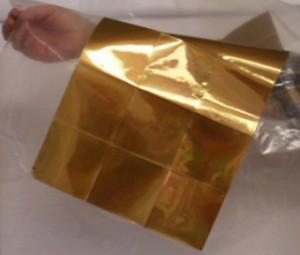
According to a report on Boston.com, MicroContinuum, a company based in Cambridge, is developing in partnership with three universities what it calls ‘nantennas’, which are designed to collect more solar power than existing solar cells.
What the company envisages is a thin, flexible sheet that is cheap to produce. “Imagine a roll-up sheet, like a yoga mat, that you can toss over any structure, or roof tiles whose outermost layers are laced with nantennasâ€, the website wrote. According to the University of Missouri, one of the partners, they would be able to collect 90 percent of available light.
“Our overall goal is to collect and utilize as much solar energy as is theoretically possible and bring it to the commercial market in an inexpensive package that is accessible to everyone,” Professor Patrick Pinhero, an associate professor in the MU Chemical Engineering Department, said in a statement.






I travel constantly in the southeast and southwestern United States, often on divided highway’s (interstates). I’ve often wondered with every passing mile (that is crisscrossed by transmission lines) why solar array’s are not used to produce electricity, in the center median. Seems to me a waste of government owned real estate that could be used to create power. Everyone complains about the solar energy not being produced close enough to the end user. This would solve that. Other benefits include but are not limited to, decreased oil imports, tremendous american employment, reduced carbon emissions. If an area 1/10 the size of nevada can produce all the energy we use, then i know that the thousands of miles of divided highways that i travel on could contribute significantly.
please provide cast estimation for 1000 sq ft house solar lighting system.